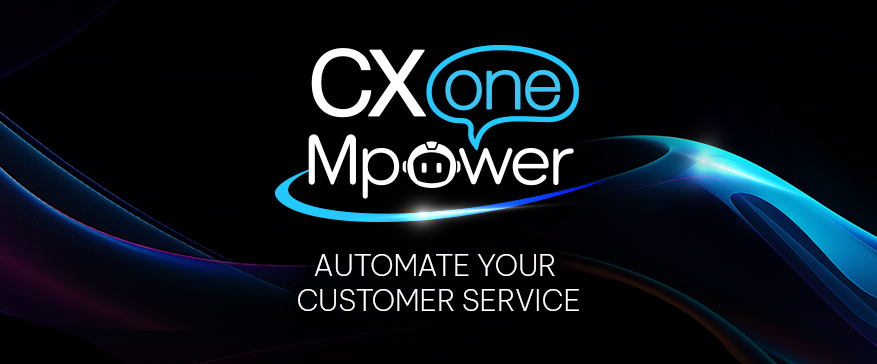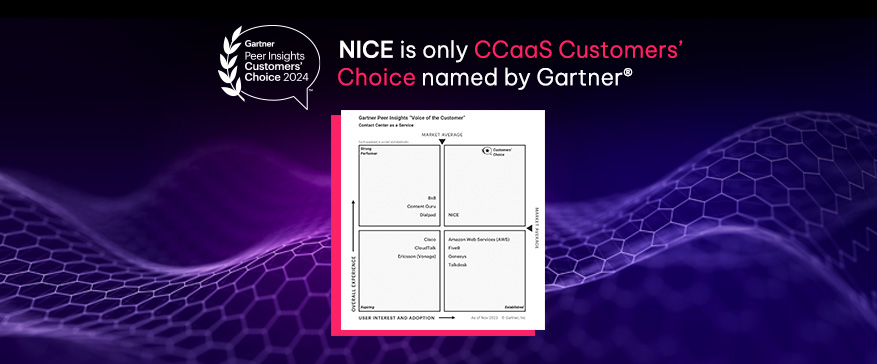
VOC for early warning
A VOC program is the fuel you need to continuously improve customer experiences. It’s also an important early warning system. Customer feedback can alert the organization that something is amiss or that expectations or perspectives have changed—particularly at an aggregated level. VOC can be a warning system when customer experience is broken or when things are not working. Some potential VOC early warning indicators:- Downward trends in key metrics
- Significantly declining scores
- An increase in negative sentiment
- An influx in specific negative comments
- New types of comments mentioned

- An increase in churn or attrition
- Negative press about the company that could influence customer experiences or perceptions
- An influx of complaints or other negative unsolicited feedback
- Negative Voice of Employee
- Employee attrition
Consider this scenario:
During their morning huddles, call center agents for a property and casualty insurance company report talk about how there’s been an increase in calls about connecting with an agent or finding the Agent Directory. While calls concerning this topic are expected, the number has increased five times within the past few days. In post-call surveys, customers provide feedback that they were dissatisfied that they could not find this information themselves on the company’s website. The call center manager escalates the problem to the digital team. The team responsible for the website finds that search engine crawling for the Agent Directory was not working.In this scenario, the combination of agent feedback (VOE) and customer feedback (VOC) helps identify an issue that could easily be addressed by the digital team that they may not have otherwise been aware of.
Aggregate sources to better understand root causes
Once a potential issue or problem is isolated, you should conduct a root cause analysis to further understand what’s happening and what can be done to make improvements. Your plan can include exploring and analyzing other complementary or supplementary data sources to help contextualize feedback. Contextualizing VOC early warning indicators (downward trends, negative sentiment categories) can help your CX team, and your organization, get closer to the more accurate root cause faster.The right sources to include or consider will depend on the type of issue or problem, data sources available, and/or how quickly issues must be resolved. Some information sources to consider include:- Structured or unstructured direct feedback
- Listening strategy that’s beyond feedback, like social media or complaints
- Voice of Employee
- Operational data from systems, experience databases, and/or customer profiles
- Business and financial data
- Benchmarks, marketplace, or competitive perspectives
Consider this scenario:
A company’s VOC program shows a downward trend over the past three quarters for customer perceptions of the company’s general contact center agent knowledge levels. A deep dive of comments from the past quarter indicates that customers giving a low rating often mention that contact center agents could not answer their questions and that they were frustrated.From QA and call monitoring processes, it’s not evident which questions are not being answered. The CX team considers how best to fully explore this downward trend. What information do they need? Why would customers give low ratings for “Agent Knowledge?” To help explore the potential root cause, they explore reasons for the call (operational data), Voice of Employee (agent input), and other unsolicited feedback (complaints). This additional information helps to contextualize the VOC data. From that data, the team determines that the feedback was specifically about a new feature of an existing product that had been released during the past quarter. The company was able to refresh contact center agent training to inform them of the feature and the best way to answer customer questions.
A plan for root cause analysis
With appended data from many different sources, analyses provide a systematic opportunity to explore root causes of issues, problems, and incidents. Your root cause analysis plan will depend on the data available, and several analytic tools can be used to explore the data.Your root cause tool set may include:- Break point analysis: Linkage analysis exploring when perceptions drop off during the experience. A great example of break point analysis is exploring the impact of hold time on customer satisfaction. There’s most likely a point during customer wait times when their expectations have been let down and they have more negative perceptions of the experience.
- Exploratory analysis: Drill down analysis of data to explore patterns. For example, customers who provide negative feedback have called about the same issue multiple times.
- Driver analysis: Using regression-based techniques or correlation analysis to understand the relationship between outcome measures and performance can help you isolate what type of experiences most impact customer happiness and loyalty. Poor performance for key drivers should reflect prioritized areas of focus to isolate root cause.
- Text analytics: Customer responses to open-ended questions reflect true VOC and provide one of the most important opportunities to understand what was broken or did not work—from the customer’s point of view. If you have text analytics in place to categorize and assign sentiment, you can conduct drill-down analysis on open-ended comments.
- Sub-group analysis: When customer profile details are appended to the VOC, you can conduct deep-dive analysis to explore sub-groups of customers to determine whether some are more likely to be impacted by the problem or issue than others.
Communicating VOC program success
Now that you’re taking a systemic, proactive approach to improving the customer experience, it’s time to let everyone know. As noted earlier, customers expect companies to take action on their feedback and fix what’s wrong—so you need to make them aware that you’ve done so.When you’ve effectively addressed VOC early warning indicators, it’s an opportunity to demonstrate your VOC program success. Specifically, any improvements made because of what’s initially learned from customer feedback should be positioned as a program success. Communicate that success both internally with impacted departments and teams and externally with customers. Most importantly, address the impact of change management—what is the positive impact of this change?- Communicate internally: Give full visibility into the actions taken: Customers indicate a problem → Root cause analysis completed → Key learnings and root cause → What changes were made and why → Positive customers and business impact

- Communicate externally: Organizations can either only communicate with impacted customers or generalize communication for all customers. Either way, you should share details of the problem or issue and how your organization successfully addressed the feedback received.









